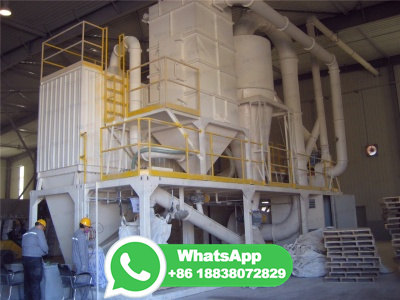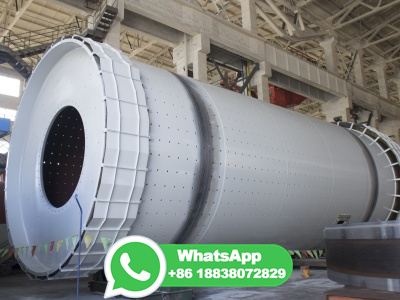Petroleum and Coal
WEBIt was formed by the decomposition of plant matter, and it is a complex substance that can be found in many forms. Coal is divided into four classes: anthracite, bituminous, subbituminous, and lignite. Elemental analysis gives empirical formulas such as C 137 H 97 O 9 NS for bituminous coal and C 240 H 90 O 4 NS for highgrade anthracite.


































